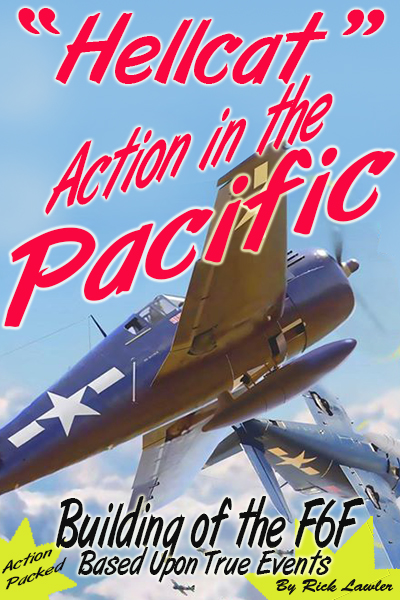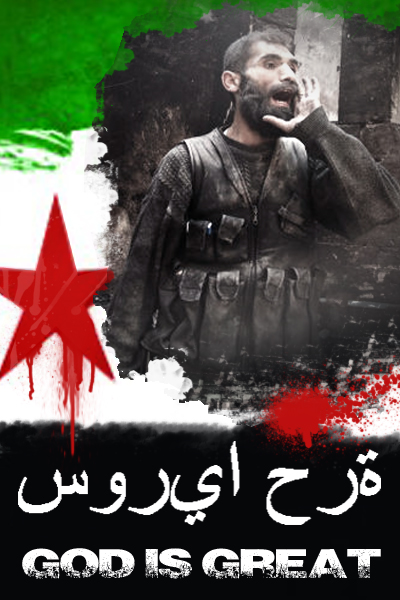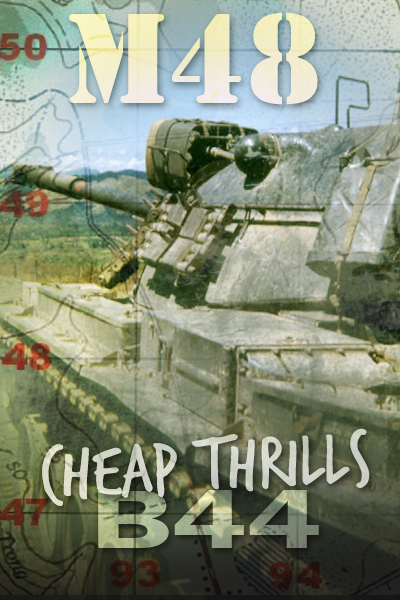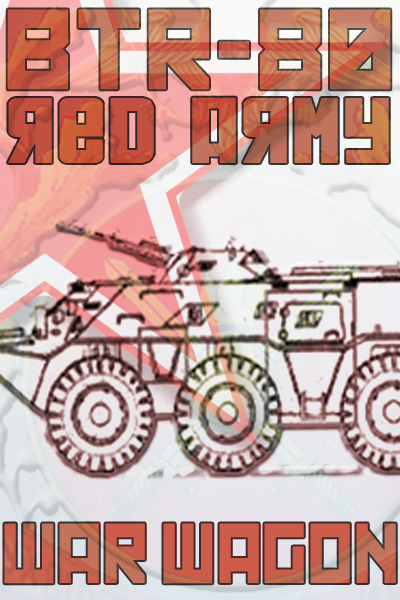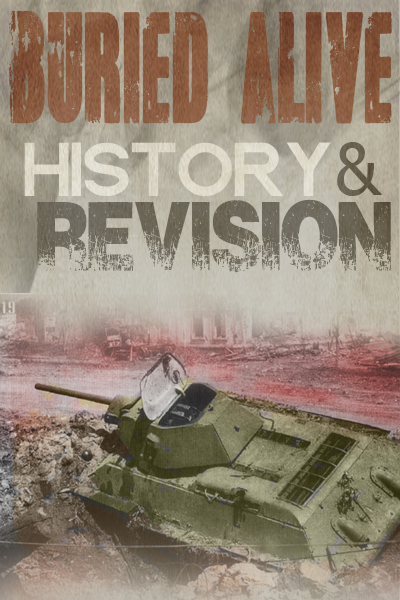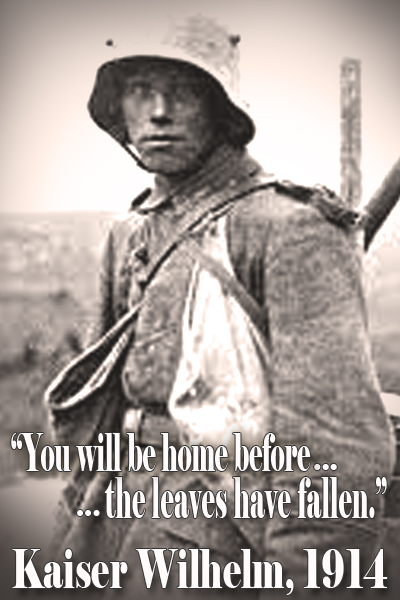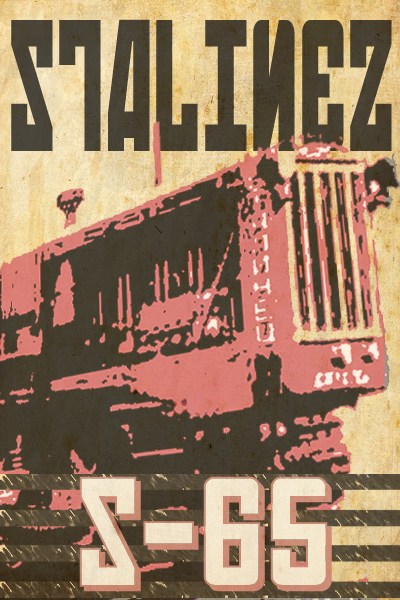 The “all clear” sirens wail as the morning sun casts a diffused glow over the smoldering ruins of the shattered city. The Thousand Year Reich has become a wasteland; fear and desperation are the new realities for its citizens. From shelters and basements throughout Berlin, those fortunate enough to survive the past nights’ air raid return to their routine of existence in this desolate wasteland.
The “all clear” sirens wail as the morning sun casts a diffused glow over the smoldering ruins of the shattered city. The Thousand Year Reich has become a wasteland; fear and desperation are the new realities for its citizens. From shelters and basements throughout Berlin, those fortunate enough to survive the past nights’ air raid return to their routine of existence in this desolate wasteland.
This scene portrays Berlin as it might have been in the closing days of the war – or perhaps just after the war has ended. The Battle for Berlin ended on May 2, 1945, and whether this 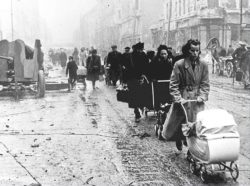 scene takes place before or after that date is really a difference without a distinction for the inhabitants of the city. For them, their reality is the desperate hopelessness of defeat. Aftermath.
scene takes place before or after that date is really a difference without a distinction for the inhabitants of the city. For them, their reality is the desperate hopelessness of defeat. Aftermath.
The Saloon Car from Bronco will be one of the focal points of this small Berlin vignette. To better convey the wreckage caused by the bombing, I want to show a portion of the car’s roof crushed by the fallen rubble and so in order to do this, I’ll replace an area of the plastic roof with a thin brass sheet. The plastic is removed using the cutting wheel on my Dremel tool and then the rough edges are cleaned-up and a few extra “dents” are added to the plastic.

